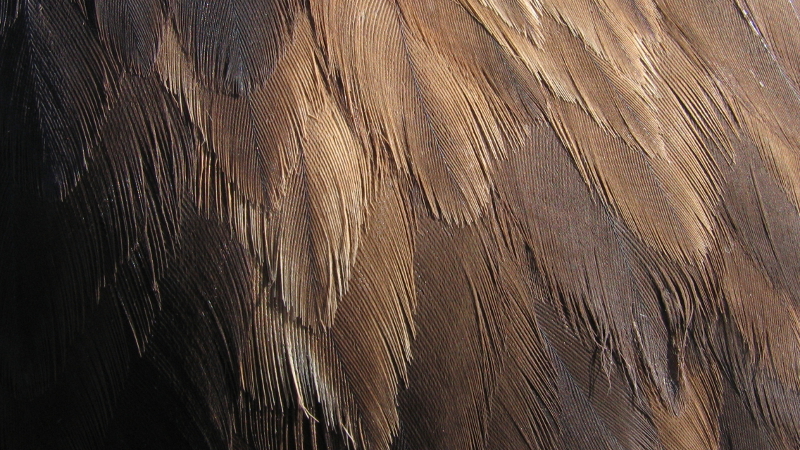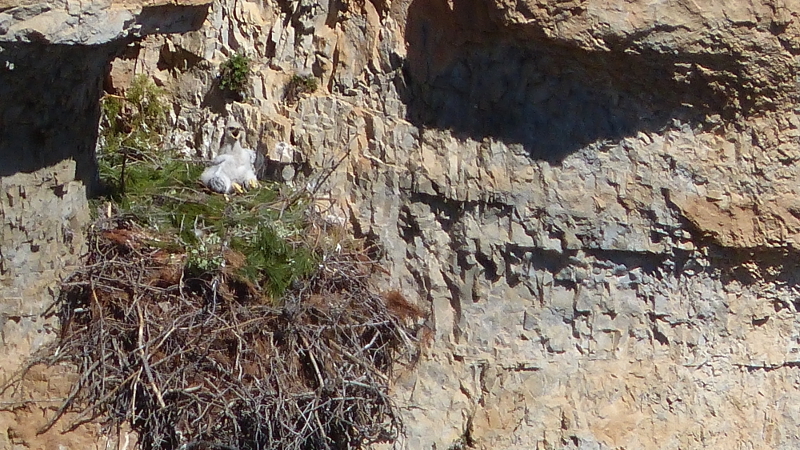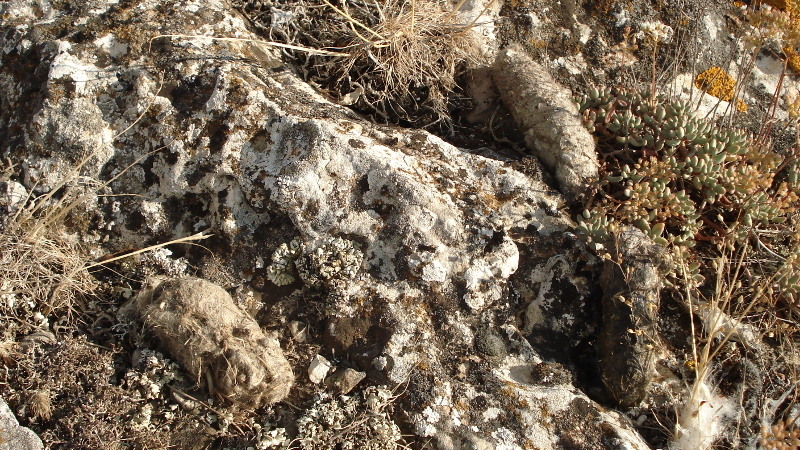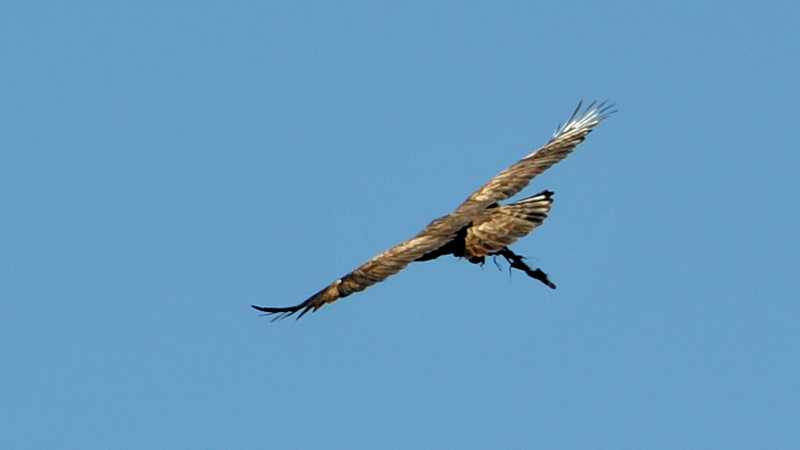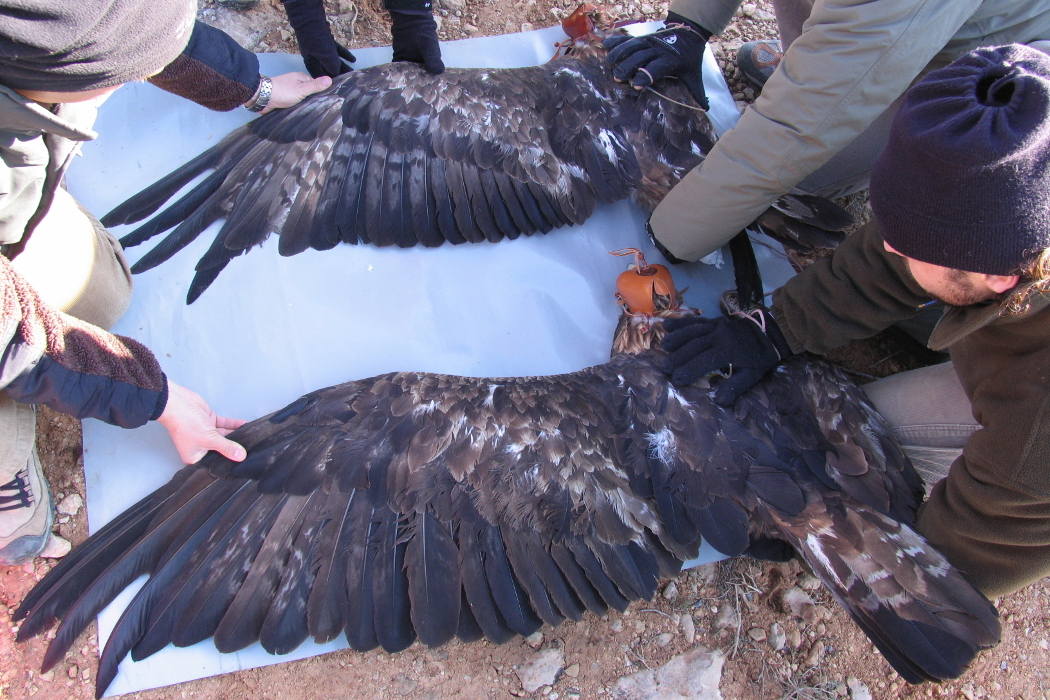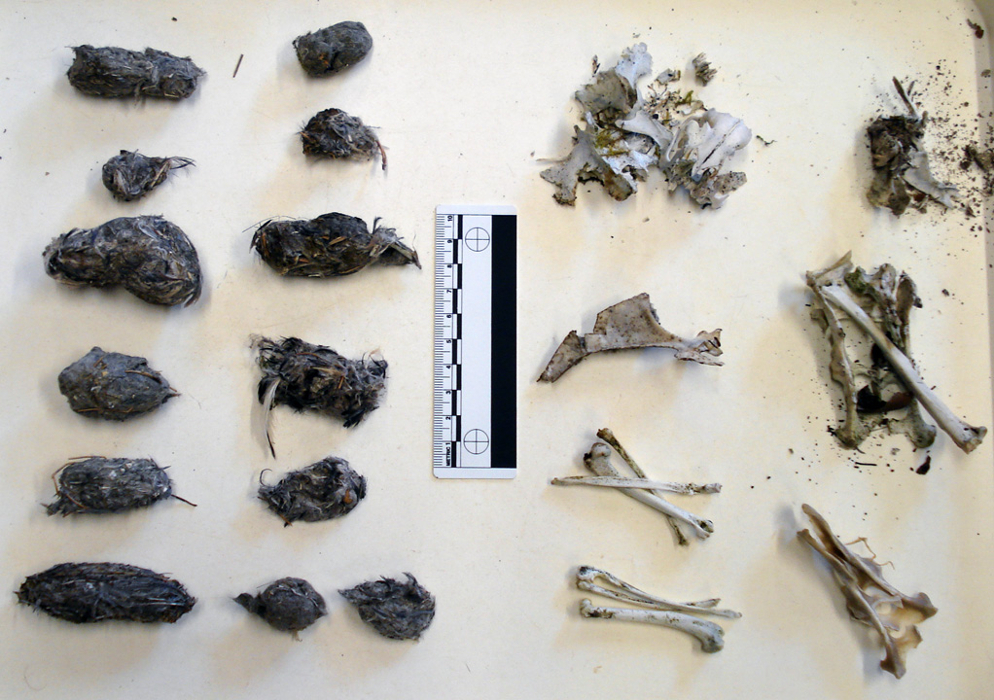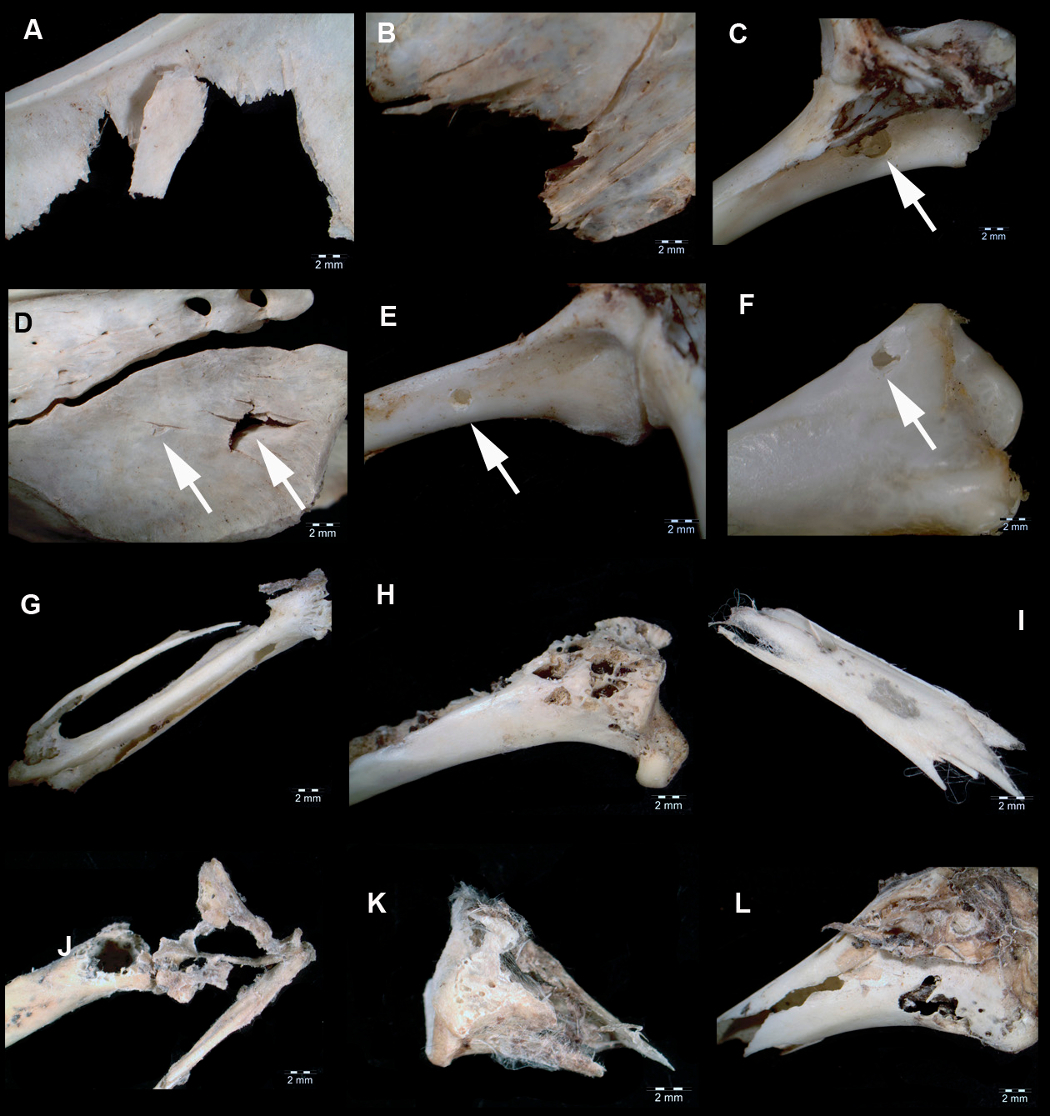R+D+i
Taphonomic study of prey remains in different nests of golden eagle (Aquila chrysaetos) from Iberian Northeast
The golden eagle is one of the large and powerful Palearctic raptors, being the largest eagle of the Iberian Peninsula. After a period of regression until the late 80s, it is currently recovering its populations in much of its potential range. It feeds on a wide variety of prey from arthropods to ungulates such as wild goat or chamois, although its main and most preferred prey, if available, is the rabbit.
Several works on distribution, autoecology and use of space of golden eagle have been developed in recent years by MN. Materials concerning species feeding, as prey remains in nests or perches, which are commonly used for the analysis of the diet of this species, have been collected throughout this work.
The SERP (Seminari d'Estudis i Recerques prehistoric) is recognized by the AGAUR (Generalitat de Catalunya) as Consolidated Research Group, associated to the University of Barcelona.
Taphonomy is a discipline traditionally linked to paleontology, which determines the transformations that occur in either fossil or prefossil entities from biocoenosis to thanatocoenosis. In our case, the neotaphonomic studies with controlled current materials, allow to establish models for characterizing biological agents responsible for the accumulation of skeletal remains. The results have a range of applications: in paleontology, to determine the activity of taxa through their prays; in prehistoric archaeology to properly attribute the origin, either anthropogenic or natural, of the faunal remains found; even in zoology, to detect presence of certain species through the location of abandoned burrows, latrines, nests or perches.
Collaboration between MN and the staff of Archaeozoology and Taphonomy of the SERP (University of Barcelona), through Drs Lluís Lloveras and Jordi Nadal, aims taphonomic and taxonomic characterization of accumulations from both raptor (regurgitations, nests and resting places) and carnivores (burrows, latrines) foodborne remains. At the moment, we specifically work on creating a model of taphonomic characterization for the golden eagle.
